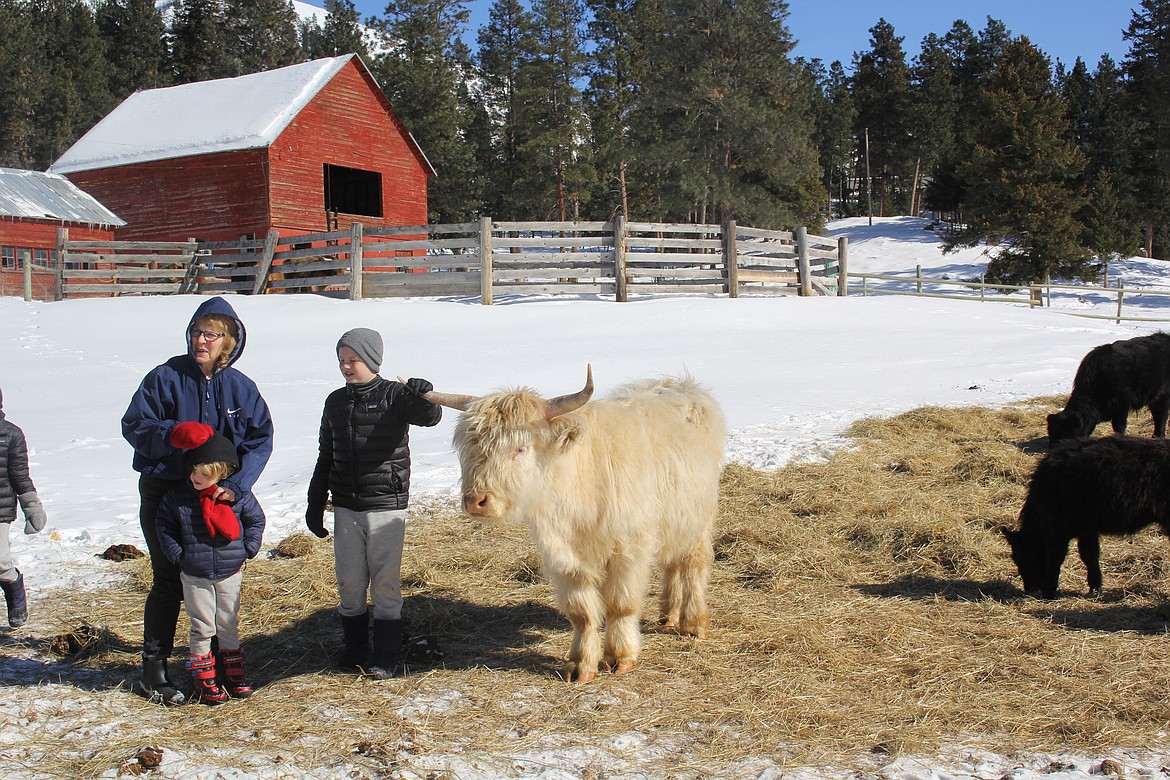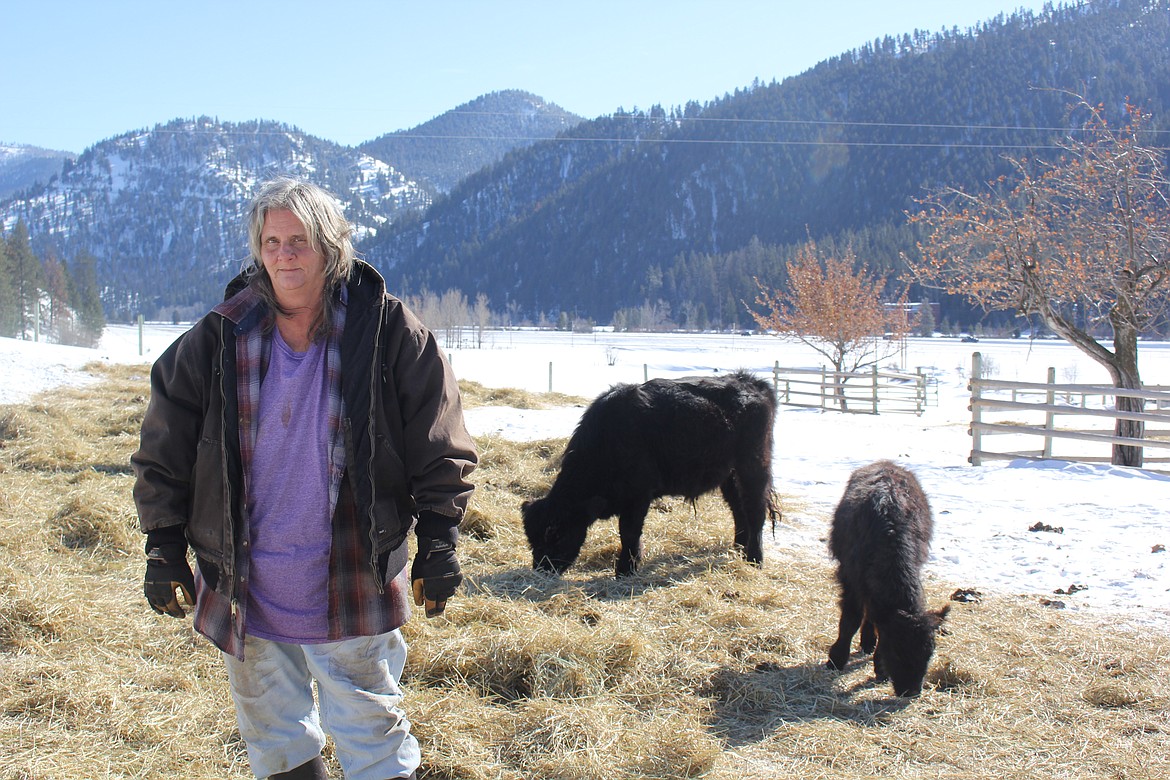Clinton ranch home to Montana's largest herd of Highland cattle
The Highland cow is the oldest registered breed of livestock in the world and is a Scottish class of rustic beef cattle. It originated in the Scottish Highlands and the Western Islands of Scotland, and both males and female have long horns and a long shaggy coat. ...
Become a Subscriber!
You have read all of your free articles this month. Select a plan below to start your subscription today.
Already a subscriber? Login




